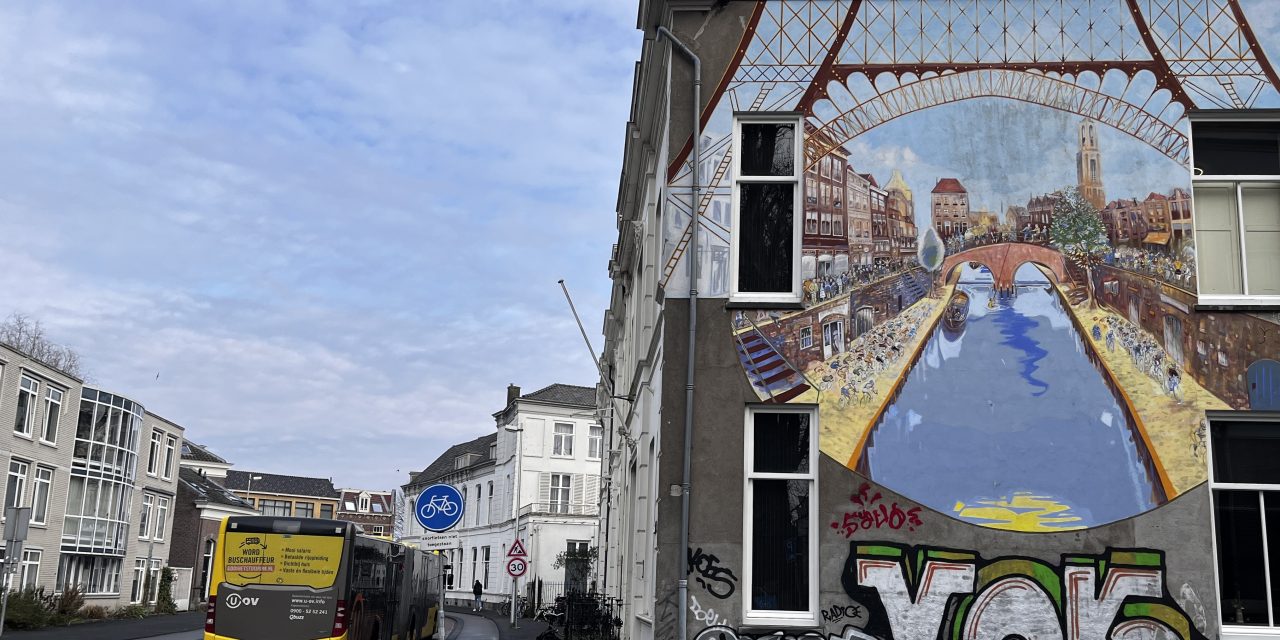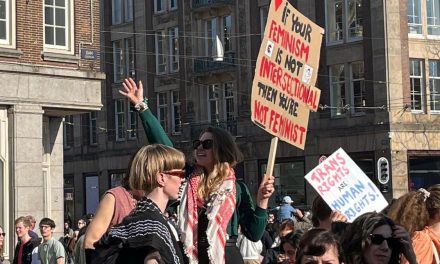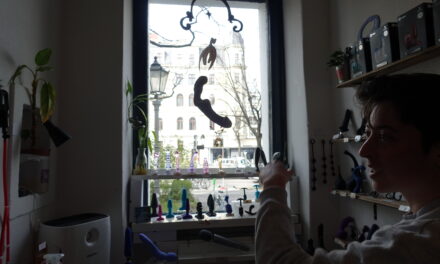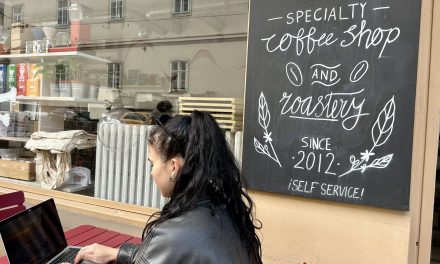They can get up to 80 meters high. Artists working on a small scaffolding for sometimes more than fourteen days to get it as a realistic as possible. And with awarded results: you can find the most beautiful mural in the world in Eindhoven, a city in the Dutch province Noord-Brabant. But help awarded murals change our perspective on the graffiti world?
Graffiti and murals: the difference
Let’s have a closer look on the graffiti world. Because if we’re talking about graffiti, we’re talking about ‘tags’, ‘blowups’ and ‘pieces’. But no ‘murals’. Murals are part of ‘street art’ culture. And except for the same use of spray can, the two of them don’t have a lot in common.
Where graffiti is meant to be made fast, we’re talking about minutes, street art can be a whole process of making one piece. ‘For a serious graffiti artist, making a mural is boring. It’s fun for a day, with friends, beers and drugs, but it’s not how graffiti is meant to be’, says a graffiti artist whose name he prefers to stay hidden because of a possible conflict with the Dutch authorities (name known with editor). To show how private he is about his name, he pulls down his bottom lip and shows his ‘tag’ tattooed on the inside. ‘My name doesn’t cross my lips.’
The world of graffiti is much more dangerous than the world of street art. ‘In countries around us, the community is much tougher. Spray over the work of soccer hooligans in Poland and your teeth will be knocked out for sure. Or look at groups in Spain and Italy, there are drugs involved. They go f*cking high into the tunnels to make pieces. In the meantime, they hold a machinist at gunpoint so they can get out of the tunnels without being caught by the police. So, when I’m working in Spain, I always have a knife in my pocket,’ the man says.
Graffiti artist and owner of Graffitifun Michel Steers can confirm it: ‘In the world of street art you don’t find such rivalries.’
Enlarge
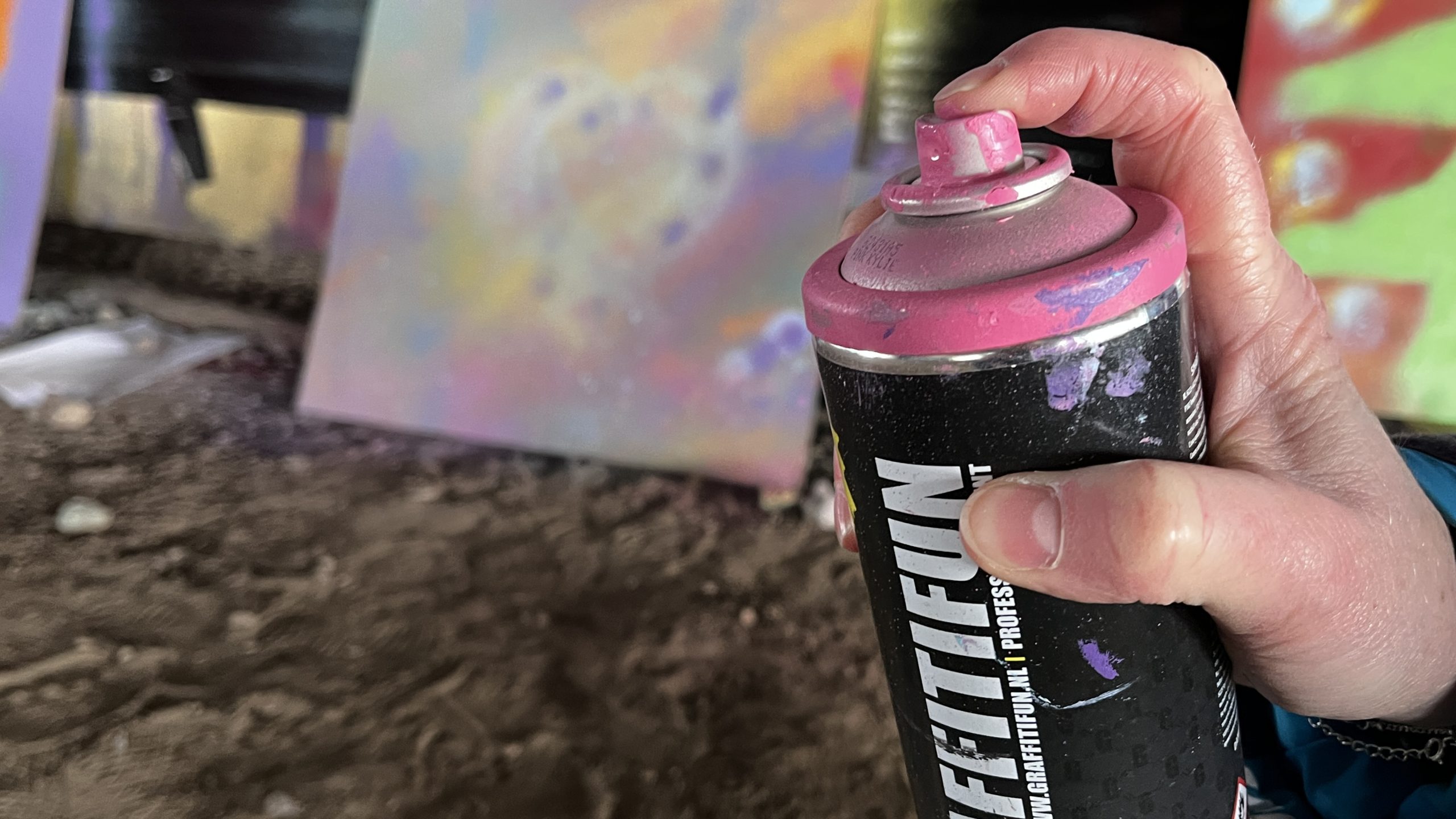
Leonie van Barneveld
Graffitifun
Steers has 22 years of graffiti experience himself and has now for almost 20 years his own graffiti company. With 40 artists all over The Netherlands, he provides with GraffitiFun graffiti workshops for all ages. ‘We also give graffiti workshops in cities like Berlin, Paris and Barcelona. We sometimes go to suburbs where you can’t walk safely with your daughter. Painting a big mural in those neighborhoods can create some sense of security.’
The big murals are coming up way more then 30 years ago. Even Steers sees the appreciation of the art by passengers. ‘People sometimes come up to me and express their appreciation for the pieces we’re making. But when I started giving workshops I sometimes got told ‘Graffiti is not allowed, it is vandalism!’. Nowadays you see more often that people express enthusiasm for our form of art and appreciate the murals they have seen.’
If we will see more murals in the future Steers remains hesitant: ‘It can be a trend that will disappear in 50 years but maybe it’ll stay popular for a longer time. Also, we need space to be creative and in the city we see a lot of space disappearing making room for constructions.’
Enlarge
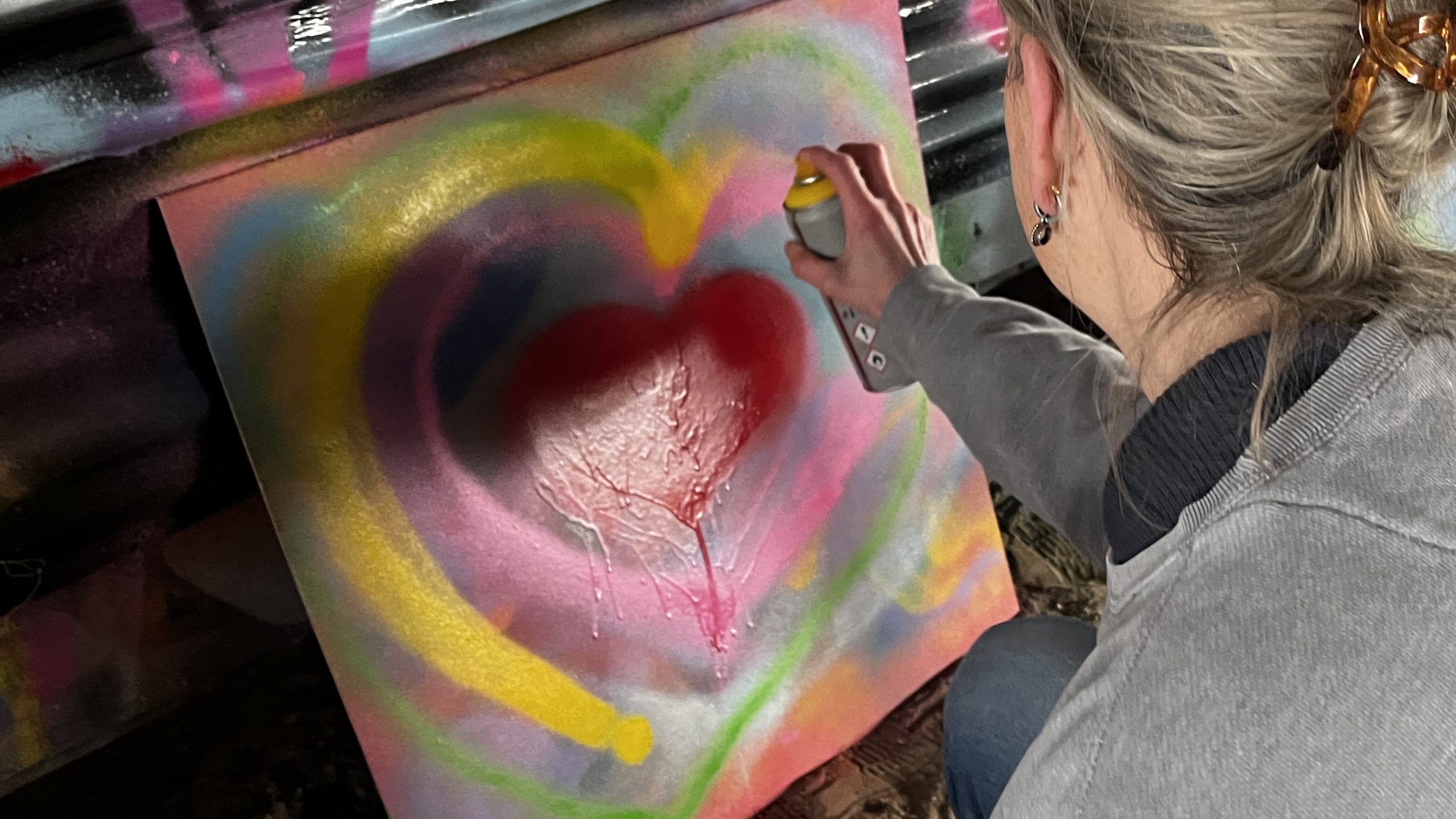
Leonie van Barneveld
